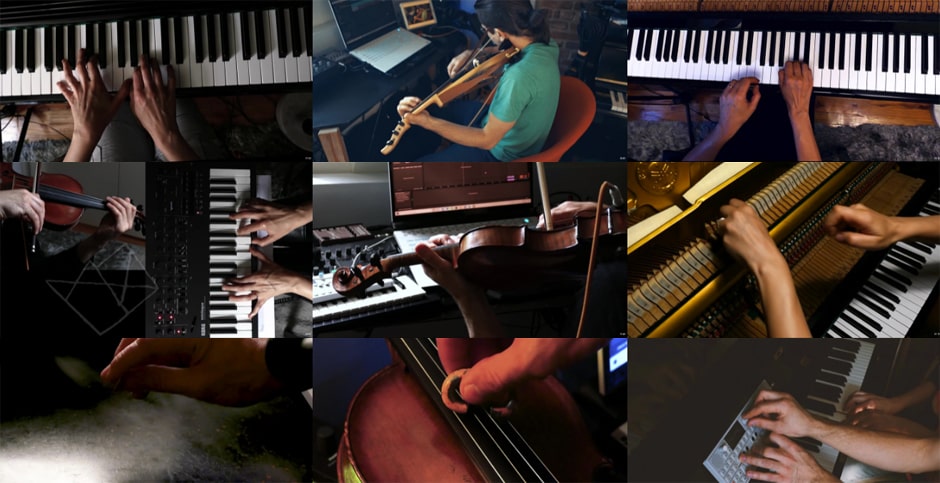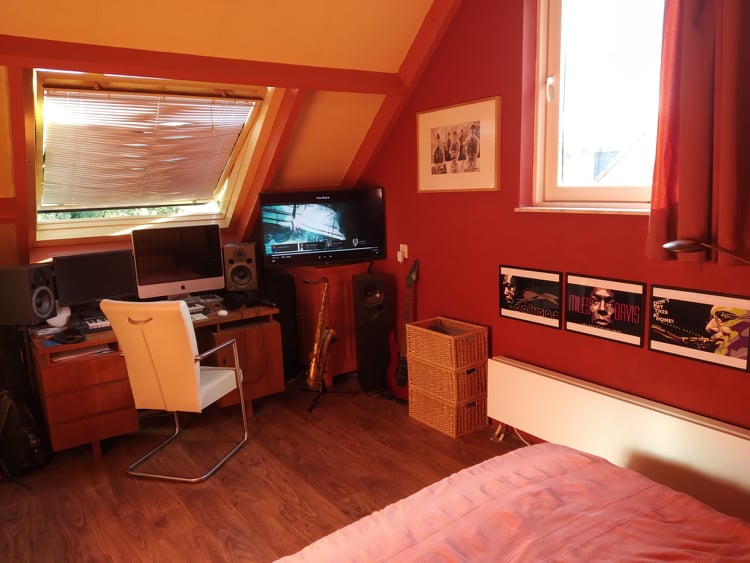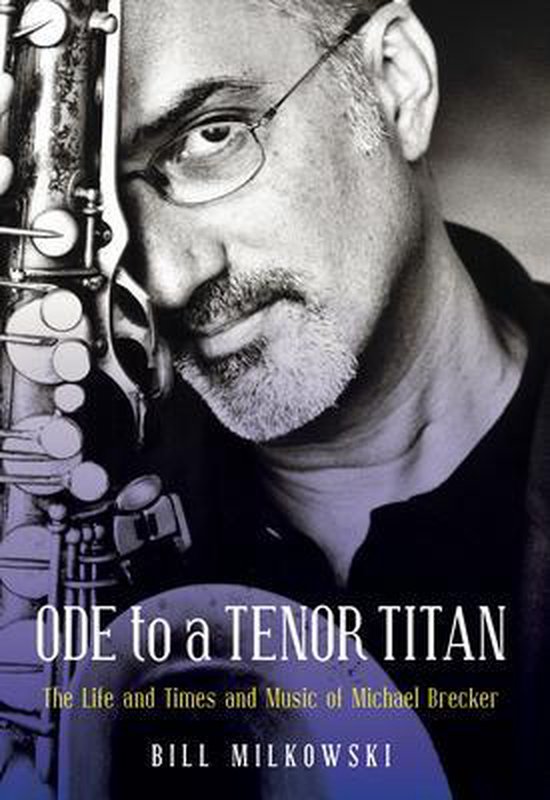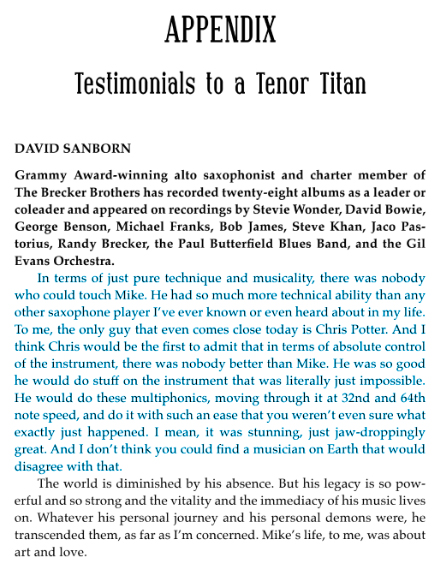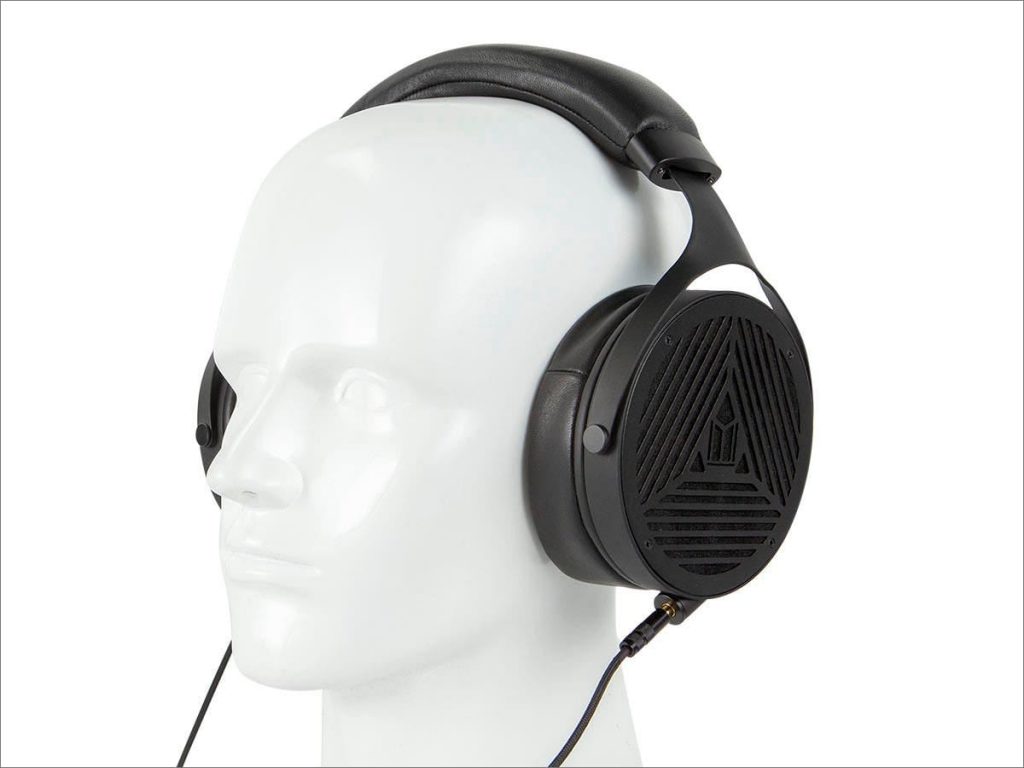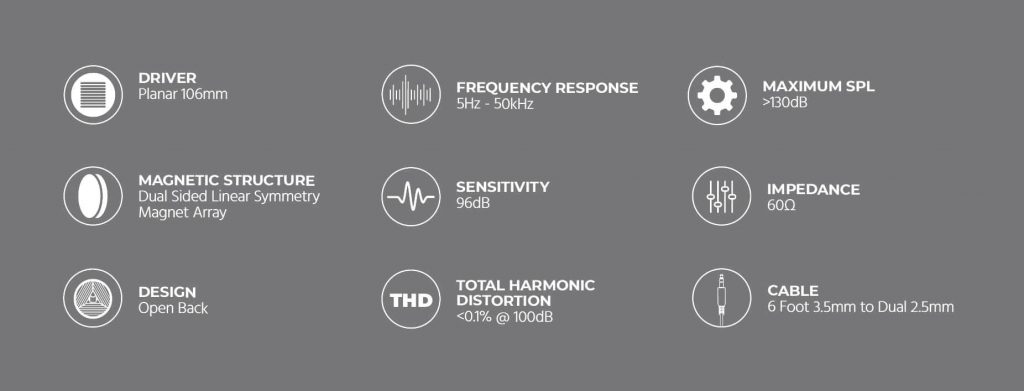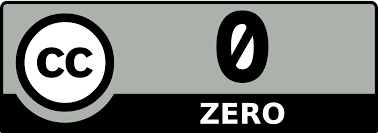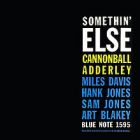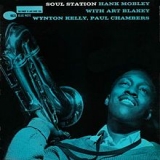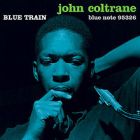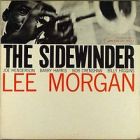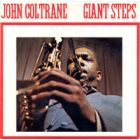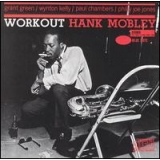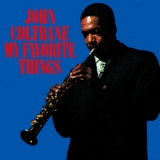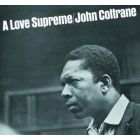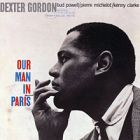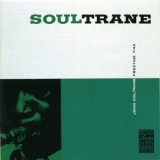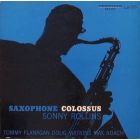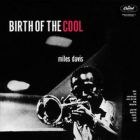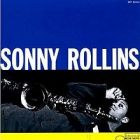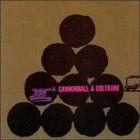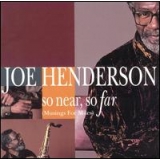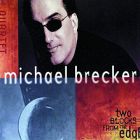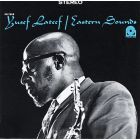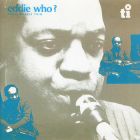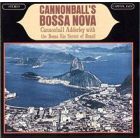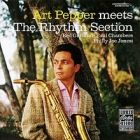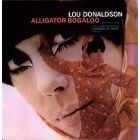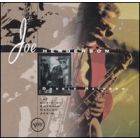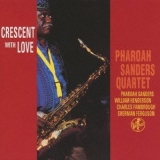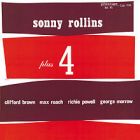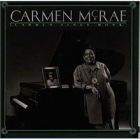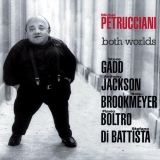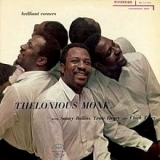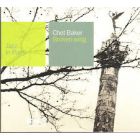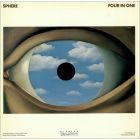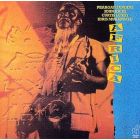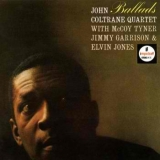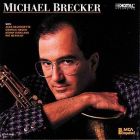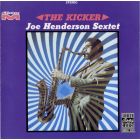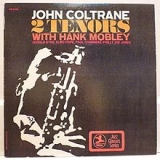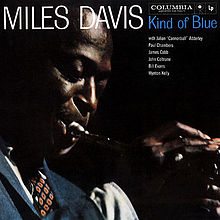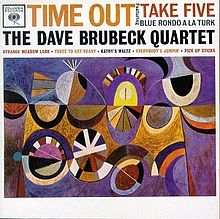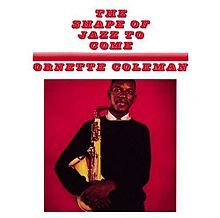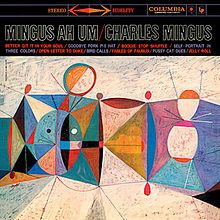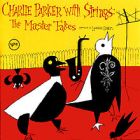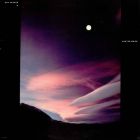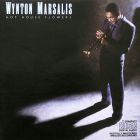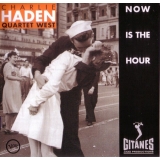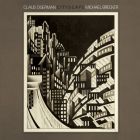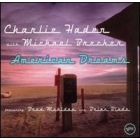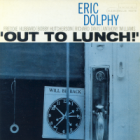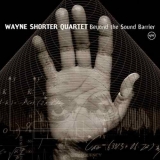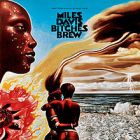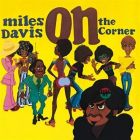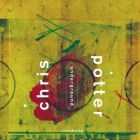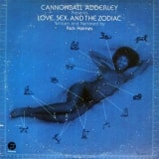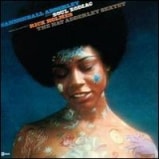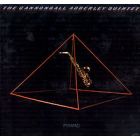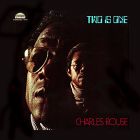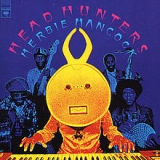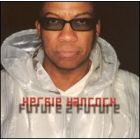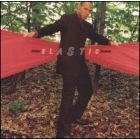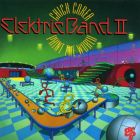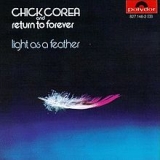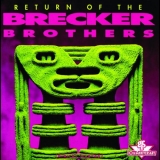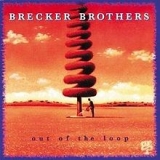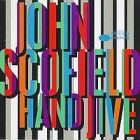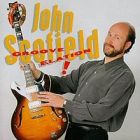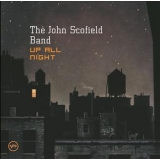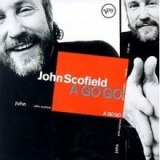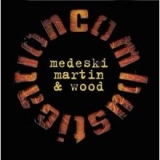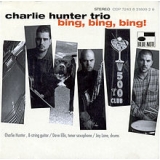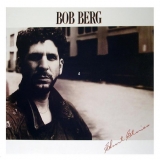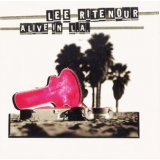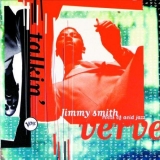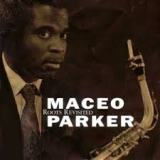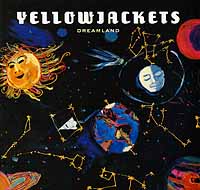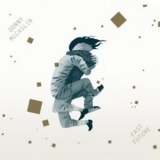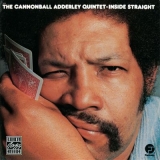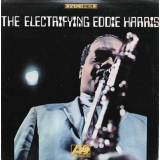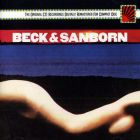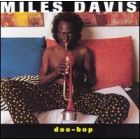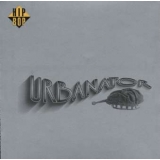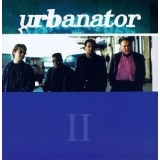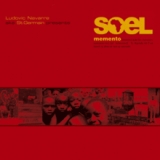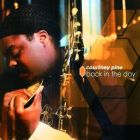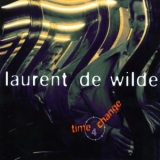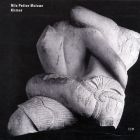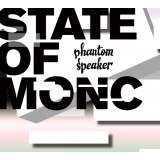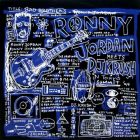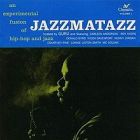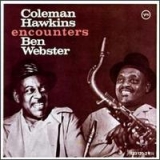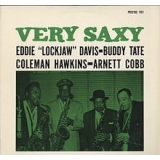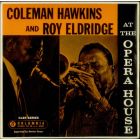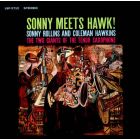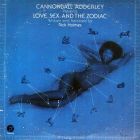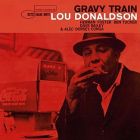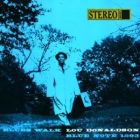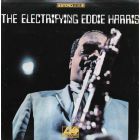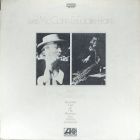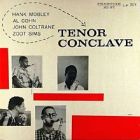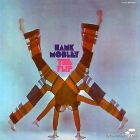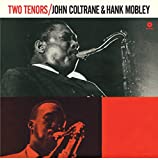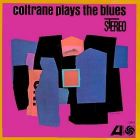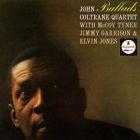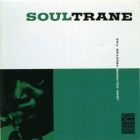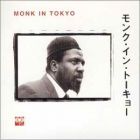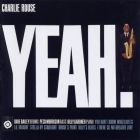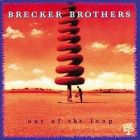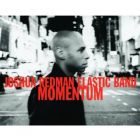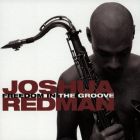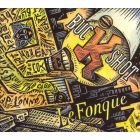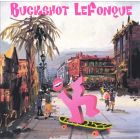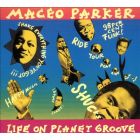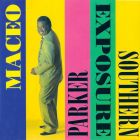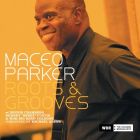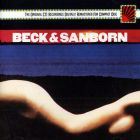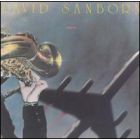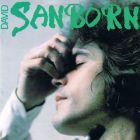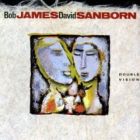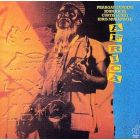Release Review: Vessels to Motherland (Machine Lieder)
Even though I listen mostly to Jazz-related music nowadays, I do enjoy exploring other music genres as well. For this review article I am shifting my focus to a release that – if one likes to categorize – fits (partially) within the “box” known als IDM (Intelligent Dance Music), a “sub category” within the world of electronic music, an umbrella term for sub-genres like Ambient, Glitch, Break, et cetera … music genres that are considered more “cerebral” and better suited to home listening than dancing. And – to me – that is a good thing. I have never been the “dancing” kind, just give me a comfy place to sit and a high quality sound system and I ‘m all good.
Those of you who have been visiting my blog before and have “followed” me in the past, might have read another blog article I wrote about “Early Electronic Music“. I have always been fascinated by musicians and composers who break free from standards and actively participate in the “Evolution of Arts & Culture” or “continue God’s Creation” if you consider yourself a believer. That is also why I am a huge fan of Jazz musicians like John Coltrane (whom I have blogged about as well) and Miles Davis.
Side note: I also have explored IDM in the past, in particular what I like to call “Jazzbient” (a fusion between Jazz and Ambient) with a project called “UFONIX“, so doing this review is more like sharing my opinion about the music of “colleagues”, rather then a “critic” from some Electronic Music blog or magazine.
So … what about “Vessels to Motherland” by Machine Lieder?
Before writing something about the tracks of their release, let me first share with you a little info about how they do what they do. As musicians/composer/producer myself I am always interested in what instruments, “hardware”, and software my fellow “creators” use.
Danica Borisavljevic and Nikita Morozov, – the duo behind this release – are both professional “contemporary classical” musicians (Danica is a pianist, Nikita a violinist), both with an academic background (Nikita has a Masters in Music from The Juilliard School, Danica graduated in piano at the Tchaikovsky Academic Music College at the Moscow State Conservatory). Now, an academic background doesn’t say everything, but it does tell you something about their intentions and professional approach in expressing themselves through their passion: music. After all, the larger one’s musical vocabulary and knowledge is, the more freely one can navigate through music, where ever it leads to.
The base instruments for their music are their acoustic instruments: a Yamaha U1 piano, and a violin from mid 20th century France. With my personal “history” in playing acoustic instruments myself, I always feel that music actually played (on instruments) bring so much more “liveliness” to one’s music then merely produced (synthetic) music. Nowadays many producers in the Electronic music scene just drag and drop samples, “draw” the notes and chords in MIDI and quantize it all to be “super tight” and “super clean”. To me those productions sound boring, impersonal. So I was very pleased to see and hear that Danica and Nikita are really “in touch” with their music through their instruments, extensions of “their selves”.
Side note: Even though saxophone became the most important instrument in my life, I do have a “special relationship” with violin and piano as well. When I was a child my mother use to practice classical piano in the evenings after my sister and I went to bed. I would then drift into “dreamland” accompanied by “flurries” of piano sounds, floating through the house. With violin I had a love-hate relationship when I was a child. At the age of 6 I really loved the sound of that instrument (after hearing Hungarian Gypsy music by “The Lakatos Dinasty“) and started playing the violin. By the time I was 12, love had turned into “hate” due to the harsh teaching methods of my teacher, so I stopped playing, switching to saxophone when I was 14. Now, the “hate” had nothing to do with the instrument itself, but obviously with my teacher and the classical repertoire I had to play. I fell back in love with the violin after hearing Michał Urbaniak play the violin with his Jazz-Hop project Urbanator, a project that became be one of the sources that inspired me to start making Jazzy beats.
Back to Machine Lieder …
On their album you can hear their 2 main hardware synthesizers: OP-1 (teenage engineering) and Korg Minilogue. These two synths are at the core of their sound and are used in almost every track. Additionally they used some software synths like ‘NI Massive‘ and ‘Synclavier V‘. When they play their acoustic instruments (piano & violin) the instruments are “routed” through a VCV Rack for modular effects. They have recorded and mixed their music at their home studio.
The mastering was done by Sam John at www.precisemastering.com
Naturally (having blogged about tuning systems and temperaments here on Roel’s World) I asked them if they had any preferences. By default, all their instruments are tuned at A4=440Hz. However, they like to “play” with microtuning, but without a system. They just microtune by ear and on feeling. Both the OP-1 and the Minilogue synths are great instruments for doing this.
So, what does “Vessels to Motherland” sound like?
Their album (released February 11, 2022) contains 13 Tracks. To review every track in full detail would make this article too long, so after sharing a general opinion about the album, I will only share a little more about the tracks and only add the players of the tracks I liked most.
The album itself sounds balanced, well recorded, mixed and mastered. There is also enough diversity when it comes to tempo. From the very “gentile” almost “fairy tale” like ballad (track 5) “Lullaby for Democracy” (one would wish every democracy in the world would be that pieceful), to a more “bombastic” track like “TGHTR” (13). Just doing a quick “check by ear” most pieces seem to use similar / matching tonalities, mostly “white-keys”, C Major, A minor, and an occasional flat (D minor and G minor) or sharp (E minor). This might make the album a little less “adventurous”, but ensures listening the album is more a “total experience” (not a collection of separate tracks), like you are taken on a “ride” through the various “moods” their “sonic world” has to offer. I presume that was their intention, and it worked for me.
Now, keeping in mind they are instrumentalist playing piano and violin, I must say I would have loved to hear a little more of that “acousticness” back in their music. To me the tracks that stand out most (and are my favorites of the album) still have that “acoustic presence”, a lovely blend between electronic and acoustic sounds. These tracks are “Outsides” (4), “Heron” (9) and “This must be where pies go when they die” (11). More about those later.
1. Station 09X7
The album starts of with “Station 09X7”, a track that “sets the mood” straight away … What I like about this track, is that it gives me a similar feeling as what I get from some of the tracks by Pink Floyd (I guess it’s the “bendy” lead synth as on “A Space Travel” or the synths in “On The Run“), but then more modern.
Track 2 “Oiseau” has a nice medium tempo “punchy” beat, kind of trippy “broken”, one of the few more “dancable” tracks.
Track 3 “Rusty” has some nice “bendy” lead synth again and a interesting “crunchiness” to it, slowly building up to it’s climax before “dying out slowly”.
4. Outsides
This is one of the better tracks from this release (in my opinion). I like the piano during the intro that gives a bit of a mysterious feel to the track … After this intro it “goes up a notch” to something slightyl resembling (or hinting at) the psychedelic “space rock” of Pink Floyd, before “breaking free into a crunchy “big room house” like groove. The track then reverses it’s build-up and comes back full circle with the lovely mysterious piano ambience.
5. Lullaby for Democracy
This track, or rather “interlude” is the most beautiful piece on this release, I think. It has “fairy tale” like qualities and is really soothing, peaceful. It’s almost a shame it is this short (01:21), I would have loved to have heard a full track version of it.
Track 6 “Terminal Circuit” is medium tempo track that has a more common tension build up. Personally I find this track less “interesting” then the rest, but this could be just a matter of difference in taste.
7. When the days are over we will meet
This is perhaps the most “interesting” track on the album. It is less a “song”, more like soundscapes and effects you could hear in a good Sci-Fi movie (I enjoy watching Sci-Fi movies very much). The album info says: “MACHINE LIEDER is a collection of songs by machines imbued with human urges. Screaming out of metal shells are memories of distant worlds, cries for lost connections, dreams of a digital utopia, soliloquies on the human condition.” Well, with this track they have really turned those words into music.
Track 8 “Shenandora” has an interesting rhythmic build up and a nice “swampy” bass that remind me of the electronic music from the 70s by pioneers Kraftwerk. The track itself has a darker “vibe” to it though.
9. Heron
“Heron” might be my favorite track of this release. It has a “haunting quality” due to the way the string instruments (violin & chello) were used, it gives this track a very “organic” feel. It reminded me of the sound of whale and dolphin “voices” in the ocean. Like with “Lullaby for Democracy” it is more like an interlude due to it’s length (01:49), again, I would have loved to hear a full track version of it.
10. Medium Boy
This track is probably the most “cinematic” … It would not only “work” for Sci-Fi movies, but for abstract “arthouse” movies as well.
11. This must be where pies go when they die
Well, that answers that! … The title I mean, in case you were wondering, mystery solved. *wink*.
I think this is the most “musical” track of the release. The piano and violin give it an organic sound, but the “glitchyness” of the rhythmic elements make it “sparkle” a bit as well. Due to it’s calm, “floating” atmosphere there is almost a meditative quality to it.
Track 12 “Blue Fog” has again that 70’s Kraftwerk “vibe” to it. That blue fog must be really thick, because the piece doesn’t have that “airy feel” to it. *wink* … the “crunchy” sounding synth that comes in feels rather “heavy”. It’s nicely done, but does not seem to “fit” with the title I think. The track is also not “sad” enough to make you feel “blue”. Perhaps it’s one of those titles all musicians/composers come up with sometimes when they start composing, a “working title” that the track – by the lack of a better one – got “stuck” with?
Track 13 “TGHTR” (no idea what that means) is a good choice to have as album closer. It has cool rhythmic elements, like the “rimshot like” pattern. The synth patterns are a little repetitive though, I think if the complexity of the groove elements and harmony would have been including in the build-up it would have realy been “going out with a bang”.
Overall it was an enjoyable release to listen to. If you are into IDM, in particular ambient, glitch or even industrial, you might really enjoy this album too. If you liked what year heard in his review, then look them up online:

